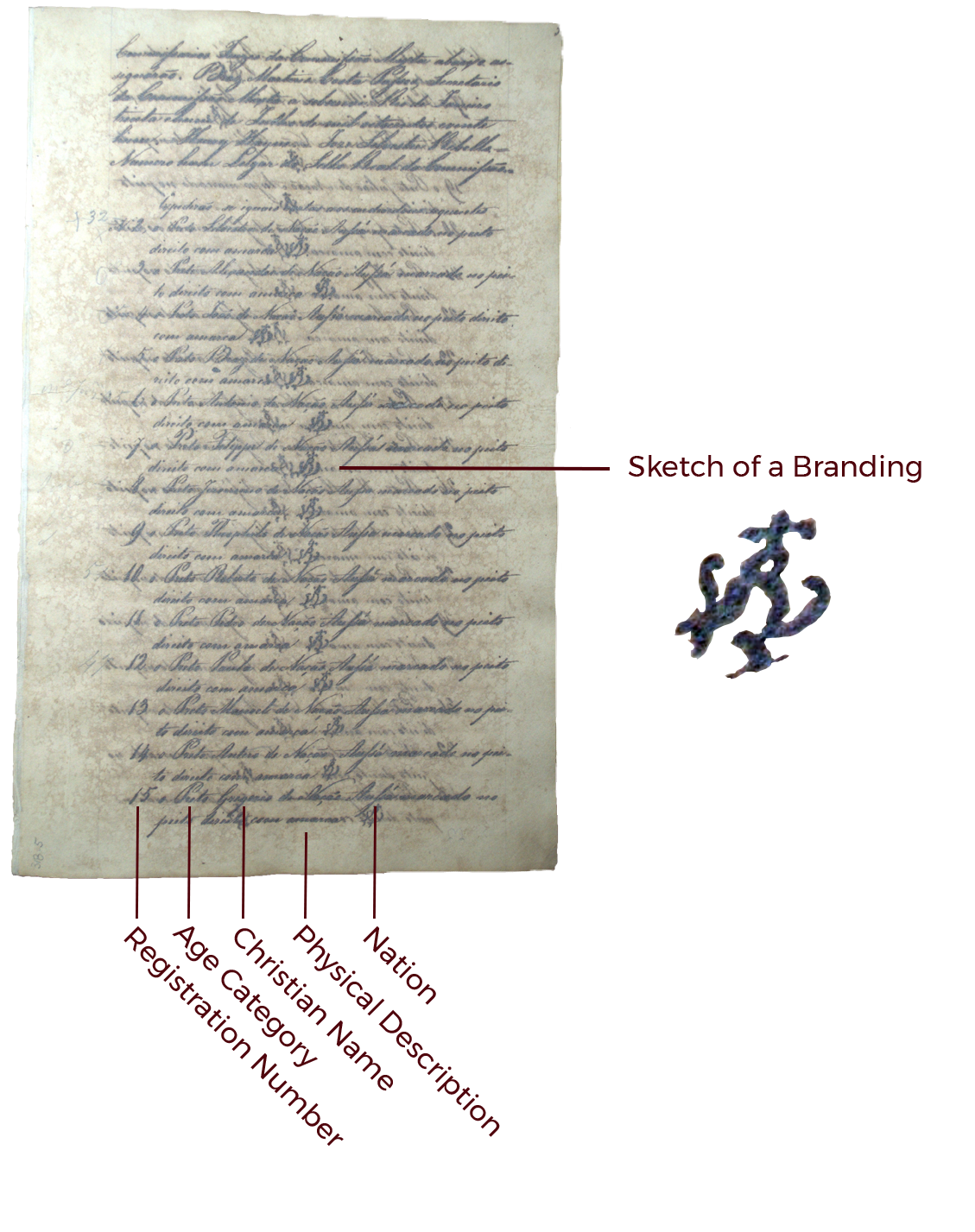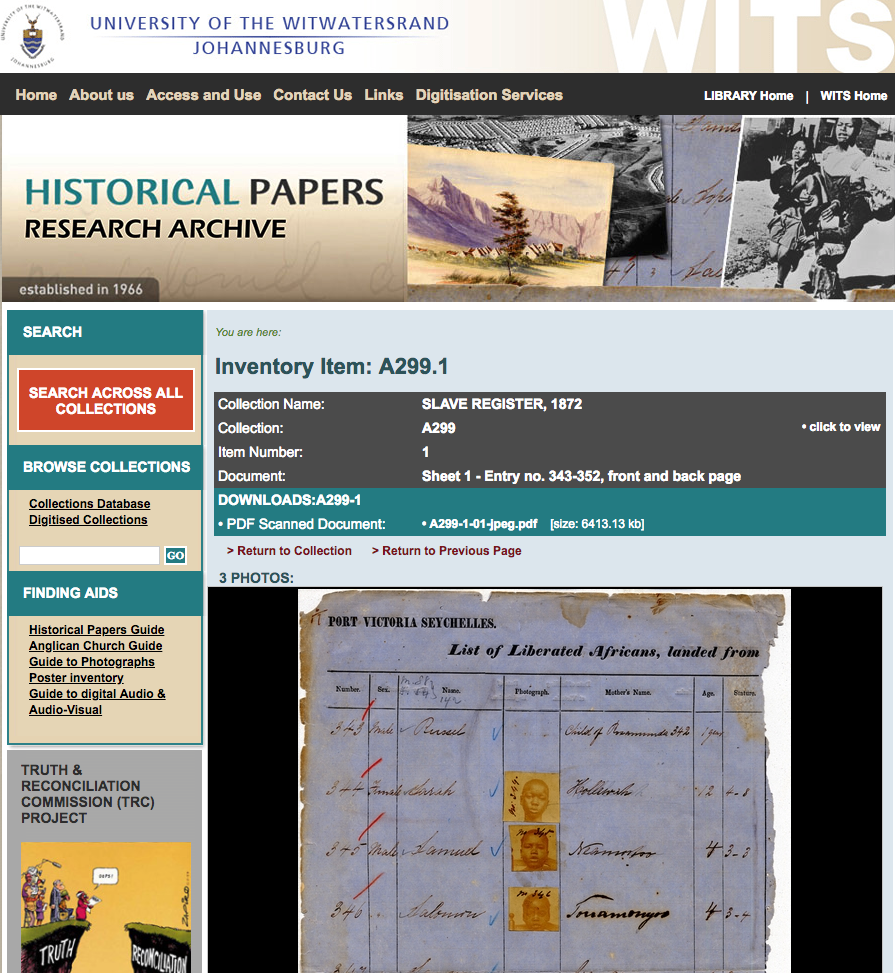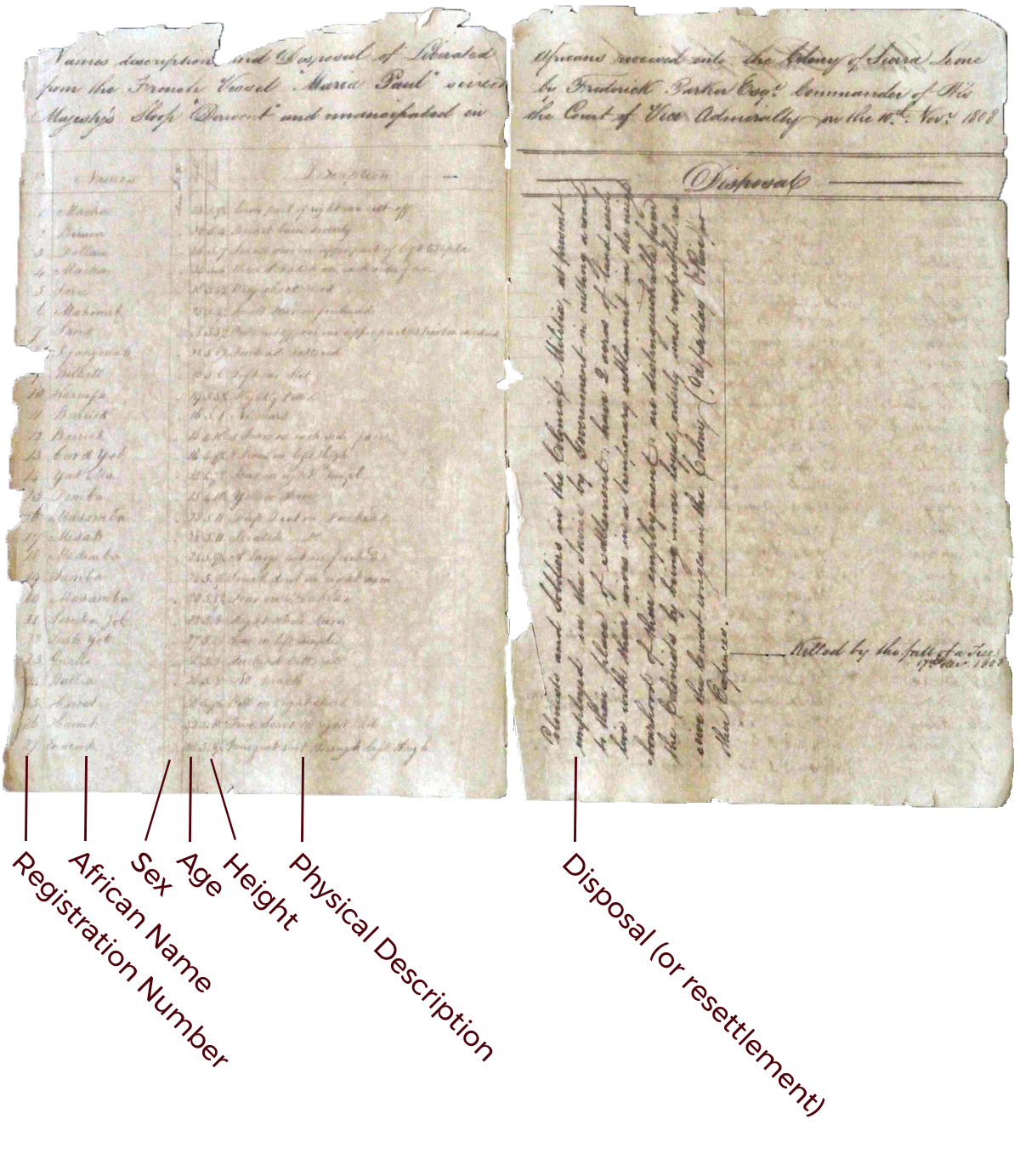Liberated Africans focuses on the operations of some of the world's earliest international courts dedicated to the humanitarian effort to stop human trafficking. This digital archive highlights the life experiences of individuals who at the time were designated "Liberated Africans." In the course of this global abolition movement, documentation was assembled around the Atlantic and Indian Oceans. The diverse types of documents include proceedings for about 1,000 trials, registers containing biographical sketches for people removed from slave ships (including physical descriptions), labor contracts, anti-slavery legislation, correspondence on resettlement policies, images of captured slave ships and imagery of some Liberated Africans. Materials hosted on this platform originate from different archives, libraries and personal collections of numerous scholars from around the world. For more information about the digitization of records, please refer to "Who Did What When? Acknowledging Collaborative Contributions in Digital History Projects" (Lovejoy 2020).
The Registers of Liberated Africans
The Registers of Liberated Africans are arguably the most comprehensive set of biographical sketches for thousands of women, men, and a large proportion of children, recorded immediately after their removal from slave ships. Register data include names, ages, sex, height, nations, and physical descriptions detailing ethnic scarifications, brandings, disease, and/or physical abuse. Recent estimates determine that over 100,000 people were registered, mostly in Britain's main base of operation for the suppression of the slave trade in Freetown, Sierra Leone. It is worth noting that in both Sierra Leone and Cuba, but not Brazil, attempts were made to document the African names of Liberated Africans. Scholars have been attempting to interpret the language of these names and other biographic details to evaluate the demography and ethnolinguistic composition of the slave trade. Variations in the register occur depending on the region, period and person who compiled these lists. The three main areas where court officials made the registers were Cuba, Sierra Leone and Brazil. Due to international law, the registers were made in the official language of the place where the court existed; hence Spanish for Cuba, English for Sierra Leone, and Portuguese for Brazil. To complicate matters, abolitionists made numerous copies of the registers which were not always precise and variations between copies occurred. To this day, it remains unknown which copy was the "original".
|
|
|
|
Register of Liberated Africans from Sierra Leone (1808)
|
Register of Liberated Africans from Cuba (1824)
|
 |
 |
| Register of Liberated Africans from Brazil (1821) | Register of Liberated Africans from East Africa (1872) |


